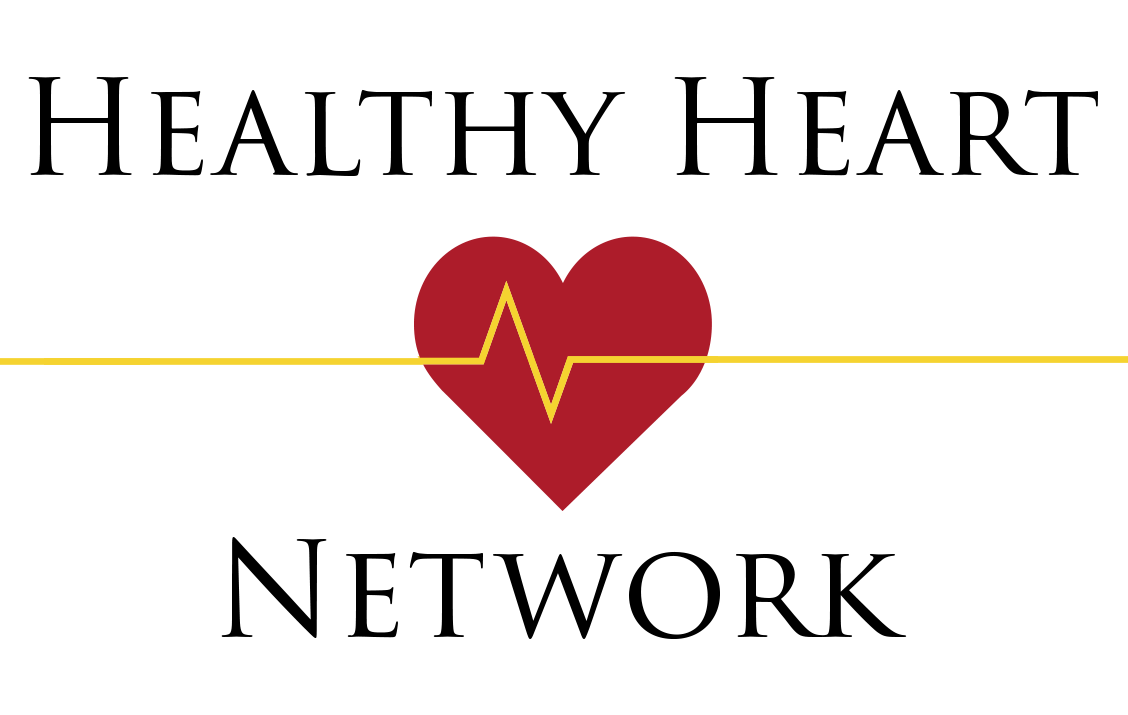JOIN OUR HEALTHY HEART MEMBERSHIP HERE: https://healthyheartnetwork.com/page/starter
Welcome to Doctor Warrick's Podcast Channel. Warrick is a practicing cardiologist and author with a passion for improving care by helping patients understand their heart health through education. Warrick believes educated patients get the best health care. Discover and understand the latest approaches and technology in heart care and how this might apply to you or someone you love. Hi, and welcome to my consulting room. My name is Dr. Warrick Bishop. And thank you for joining me. Today I'd like to cover what is an angiogram. Well very simply 'angio' means vessel or blood vessel and 'gram' means picture. So an angiogram simply means a blood vessel picture. Historically the only way we've been able to take and you grams in a living person is by passing a tube - a small thin tube which we can squirt dye down into the arteries of the heart and take a picture. We can do that by accessing the circulation. From a puncture in the leg. Or a puncture in the arm, most commonly in the wrist. We pass that thin tube towards the body; towards the heart and engage the origin or the beginnings of the coronary arteries as they arise just above the aortic valve. We squirt dye directly into them while the patient's still awake. And we take images by an X-ray camera that shoots X-rays through at the time that we inject the contrast. We then move that camera around so they're able to obtain different views from different angles of the blood vessels. This is called an invasive coronary angiogram. However, for many years because it is the only way we could look at the coronary arteries, it's just been called an angiogram or Coronary Angiogram. It gives us very good pictures. So it's a very precise test at seeing exactly what's going on with the arteries. But it isn't without risk. We do have to stick a tube into an artery. That artery can bleed. As we pass our catheter; our small tubes up towards the heart; we can damage the blood vessels along the way, and so we can almost damage any of the blood vessels between the puncture site. And the origin of the artery that we're injecting contrast into. So when I ask the patient for consent, I let them know that we see a complication rate of about one in two thousand of a major adverse event which can include things such as damage to the heart blood vessels. This would be a heart attack and it can cause death. We can damage the blood vessels going to the brain. This can cause stroke or blindness. We can damage the blood vessels going to the gut the kidneys, and of course, at the puncture site, the artery can be damaged. So, an invasive coronary angiogram is a great test for getting great pictures and seeing what we may or may not be able to do with the coronary arteries in the setting if someone who has symptoms and clear evidence or other from other sources that they need to have their arteries evaluated. However, it isn’t a test without risk. In more recent times, there is another way we can get an angiogram of the coronary arteries. In more recent times, our CT technology or CAT scan technology has improved, and a CAT scan has a rotating array of X-ray cameras that spin around the body, take a set of images, and then step to one side to take another set of images and stitch those images together. The CAT scan generates three-dimensional images. The CAT scan takes the pictures of the coronary arteries after an injection of contrast into the vein of the arm of the patient. So we wait about 10 to 15 seconds for that contrast bolus to go from the arm to travel back to the heart to the right side of the heart out to the lungs back to the heart and out through the arteries. And this is when we take a picture. The CT coronary angiogram doesn't give us as precise images as the invasive angiogram, as you would imagine. It's not directly in the artery when we squirt the contrast in, but it does give us pretty good images. It's a much safer test with a risk of about 1 in 200000 have a severe adverse complication. This means the risks of things like stroke or heart attack or damage to blood vessels are much much much much less likely. So. Angiogram means picture. There are two types of angiograms. One is the invasive coronary angiogram and the other is the CT coronary angiogram. Your doctor or cardiologist will know which is the most appropriate test to do in your situation, but as a general rule, a CT angiogram is a great way to get an idea as to whether there's a problem there or not. And an invasive coronary angiogram is a great way to get even more information and detail if we suspect there's a problem and we're looking to do something further. I hope you've enjoyed this little piece on angiograms. I hope it makes sense and as always I wish you good health. Thank you for joining me. You have been listening to another podcast from Dr. Warrick. Visit his website at www.drwarrickbishop.com for the latest news on heart disease. If you love this podcast, feel free to leave us a review.
Check out my book at http://drwarrickbishop.com/books/









